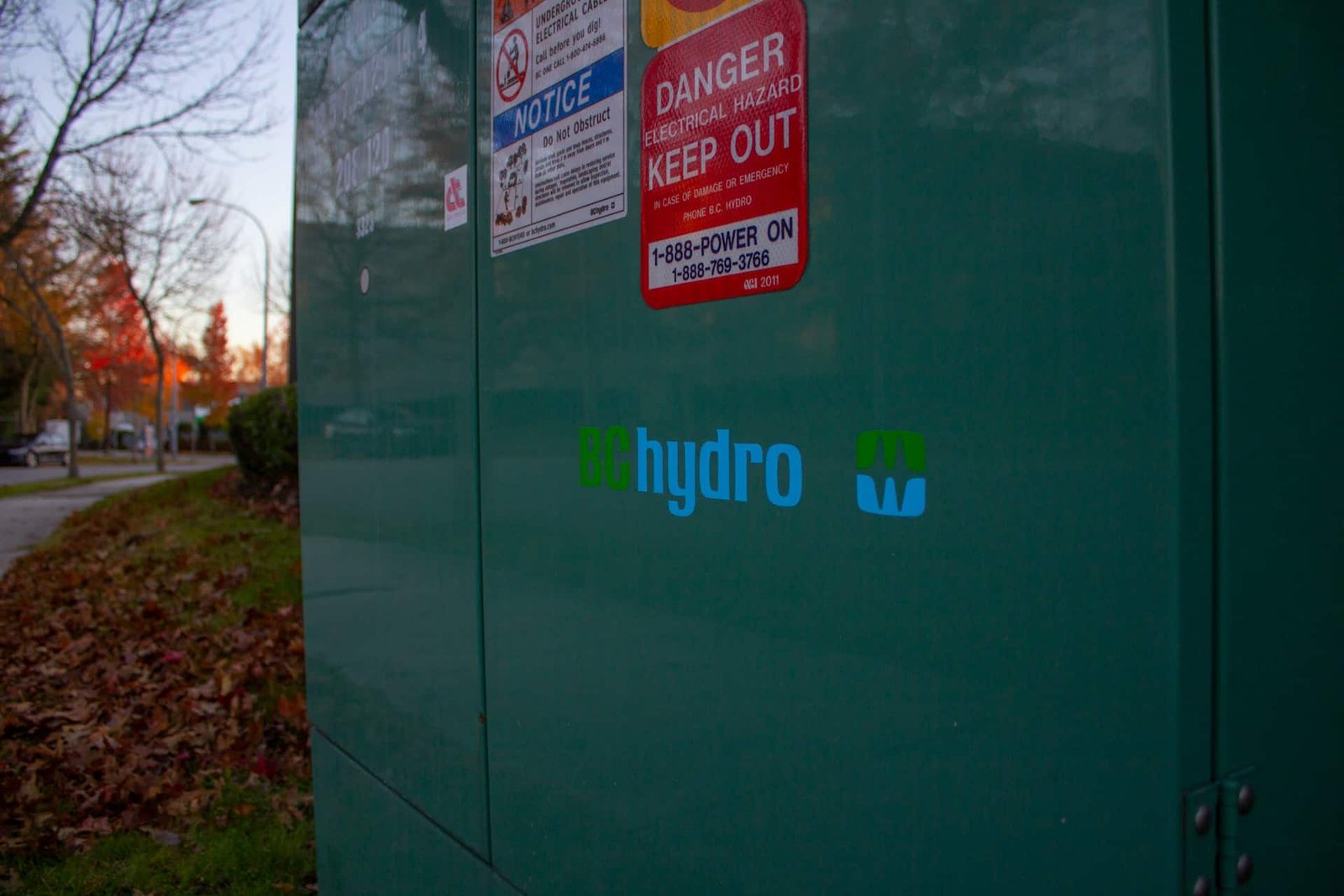Did Japan’s Hydrogen Gamble Fall Flat?
Japan’s hydrogen bet was to propel the country and its companies to the forefront of innovation, positioning them as leaders in “the energy of the future.”
So, what is the status after almost a decade of investments?
In 2017, Japan became the first country in the world to release a national hydrogen strategy, promising to “lead the globe in hydrogen use.”
Everything from buses to aeroplanes, homes to cargo ships, would soon be running on H₂. Backed by heavy government subsidies, as well as Toyota, hydrogen was seen as the key to delivering energy security, business, and climate leadership.
Almost a decade on, the numbers tell a very different story. Japan’s hydrogen infrastructure remains skeletal, and adoption rates are tiny. The hydrogen used today is still derived from fossil fuels.
While the rest of the world has shifted toward electrification, Japan is facing the possibility that its hydrogen bet has been billions spent on a technology now seen as a niche in the future of energy.
The reasons for Japan’s hydrogen gamble
Japan’s hydrogen bet is intrinsically linked to the Fukushima disaster. In the wake of the nuclear power plant meltdown, similar nuclear facilities across the country were shut down.
Already back then, Japan was highly dependent on imported fossil fuels for its energy supply – a situation exacerbated by the shutdown of nuclear plants.
Energy security had long been a strategic imperative. In the years following Fukushima, the government gradually began to restart nuclear power plants, facing rapidly growing energy costs and pollution from fossil-fuelled plants.
Hydrogen was viewed as a great alternative, providing versatile, storable, and combustion-free energy at the point of use.
Policymakers looked to achieve multiple wins: establishing a leading role in the future of energy, decarbonising transport, storing renewable power, and exporting hydrogen technologies. The initiatives launched were many. Tokyo even wrapped the delayed Summer Olympics in a hydrogen narrative, using fuel-cell buses, Olympic torches powered by hydrogen, and a fleet of Toyota Mirai sedans as rolling advertisements.
But crucially, the government’s 2017 Basic Hydrogen Strategy also sidelined battery electric vehicles (BEVs).

Toyota and the mirage of the Mirai
No single company has been more central to Japan’s hydrogen push than Toyota. In 2014, it launched the Mirai (Japanese for “The Future”), the world’s first mass-produced hydrogen fuel-cell car.
The car was supported by substantial subsidies, in some cases up to ¥1.1 million per vehicle from the central government, plus local incentives that could triple that for heavy vehicles.
Toyota didn’t just sell hydrogen cars — it actively lobbied against aggressive EV policies in Japan and abroad, funded advertisements that cast doubt on battery-electric technology. It positioned hydrogen as the only scalable zero-emission solution. For years, this helped keep domestic automakers in the hydrogen camp and slowed Japan’s EV pivot.
Toyota is much more than a car company here in Japan. What it says often goes for politicians and bureaucrats alike. Something that could be seen in the way regional and national institutions backed hydrogen.
Infrastructure and promises
Japan’s hydrogen build-out has been – and continues to be – generously funded. For example, the Tokyo Metropolitan Government’s hydrogen budget for FY 2024 was ¥20.3 billion, nearly double the previous year. On a national level, plans are in place to establish approximately 900 hydrogen refuelling stations by 2030.
The reality is that this goal, and others like it, look more like a mirage than the future of Japan – or anywhere else for that matter:
- January 2023 numbers showed that Japan had just 164 stations. Even in Tokyo, the flagship city, there were just 21 hydrogen stations, 13 of which are bus-compatible.
- Also in 2023, Japan saw 43,991 standard-size BEVs (new cars) sold (up 39% year-on-year), but just 422 fuel-cell vehicles (FCVs).
- As of March 2023, Tokyo had 1,633 FCVs on its roads — versus 22,428 BEVs.
The hydrogen vision is fading
The future envisioned by Japan and its companies was one of seamless hydrogen societies, with hydrogen-heated homes, vehicles, and even aeroplanes. All would be powered by green hydrogen made from renewable electricity that would flow in from domestic plants and foreign suppliers, such as Australia, shipped aboard hydrogen-powered ships.
The reality is that even in the home market, there is little production of hydrogen, and what is produced remains grey (made from fossil fuels) and expensive. The country is four-fifths of the way to its target for hydrogen refuelling infrastructure. Meanwhile, electrification sits solidly at the forefront of the future of road transport and energy. Hydrogen is likely to play a role in specific sectors, such as heavy industry, fertiliser production, shipping, and long-term energy storage, rather than serving as the backbone of everyday energy.
Japan’s hydrogen gamble was bold, but the market has shifted. Battery electric technology has advanced faster, scaled more efficiently, and captured the public imagination in ways hydrogen has not. The “hydrogen society” was conceived as an all-encompassing solution; in reality, it’s a specialist tool.
Photos:
